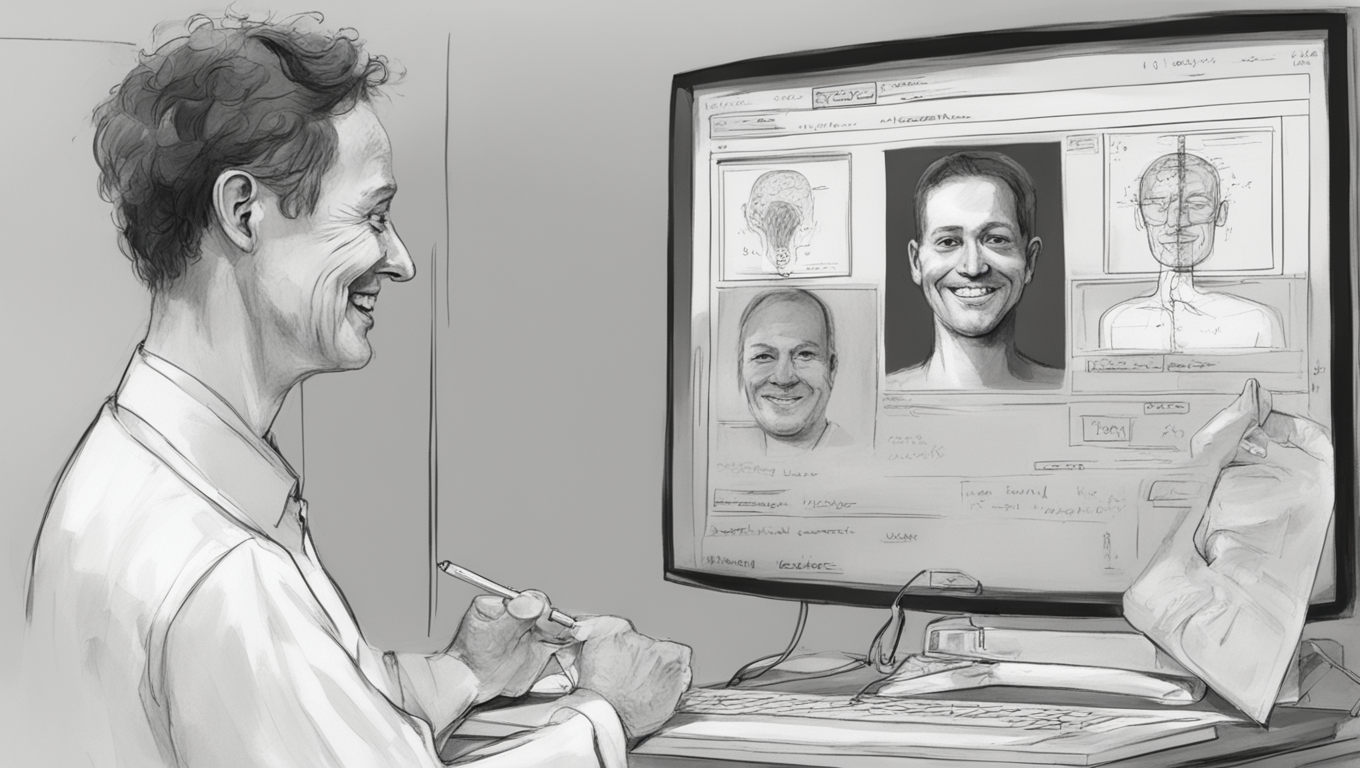A team of scientists from the University of California, San Francisco has made a groundbreaking discovery in the field of neural implants. They have developed an implant that uses artificial intelligence to allow patients to communicate in both English and Spanish. This achievement is the result of years of research and collaboration by a team of twelve researchers from the Center for Neural Engineering and Prostheses.
The implant works by transforming the brain activity of the patient into bilingual phrases that are displayed on a screen. In a recent article published in the medical journal Nature Biomedical Engineering, it was revealed that the implant was tested on a man who experienced a severe paralysis due to a stroke in the early 2000s. This patient was unable to articulate clearly and had spoken English since his teenage years, despite Spanish being his native language.
To enable the patient to speak both languages, the researchers utilized a form of artificial intelligence known as a neural network. This technology processes the data received by the implant in a similar way to the human brain. The same neural network technology was previously used in 2021 to enable the patient to communicate in English. However, the development of this implant represents a major breakthrough in allowing bilingual individuals to communicate in both languages.
“It is necessary to develop decoders that allow bilingual individuals to communicate in both languages,” said Dr. Edward Chang, co-director of the research team. The implant collects data from the first language to train the decoder to understand and interpret the second language. With the implant, the patient was able to participate in a conversation and effortlessly switch between English and Spanish according to their preferences.
This innovation has the potential to revolutionize communication for individuals who are bilingual or are learning multiple languages. It opens up opportunities for enhanced language integration and facilitates seamless communication in multicultural environments.
The implications of this breakthrough extend beyond just bilingual communication. It paves the way for further advancements in neural implants and artificial intelligence, leading to potential applications in various fields such as medicine, translation, and education.
The development of this implant is a remarkable achievement that highlights the incredible progress being made in the field of neuroscience and AI. It brings us one step closer to the vision of a world where language barriers are effortlessly overcome, and communication becomes truly universal. As Dr. Chang explains, “This implant represents a significant step forward in our understanding of neural communication and opens up new possibilities for individuals with language impairments.”
With continued research and advancements, it is only a matter of time before these technologies become more accessible and widely available, transforming the way we communicate and interact with one another. As we witness the rapid evolution of neural implants and AI, it is an exciting time to be at the forefront of scientific breakthroughs that have the potential to shape the future of humanity.





Use the share button below if you liked it.